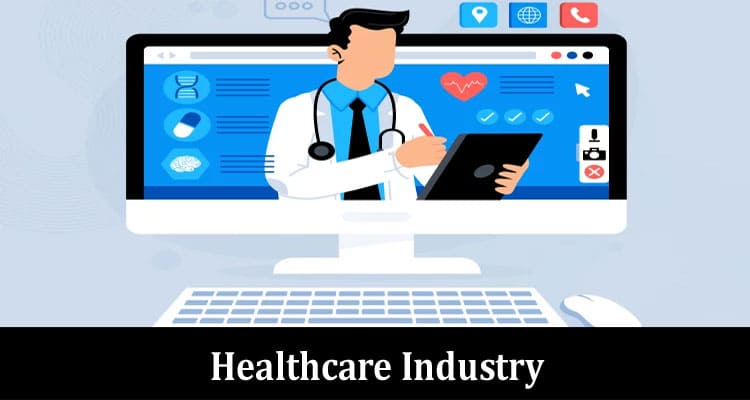The healthcare industry relies on an extensive range of equipment and devices for it to provide the best possible care to its patients. These can range from simple and inexpensive devices such as the pulse oximeter that accurately measures oxygen levels in the blood to radiotherapy equipment that can cost hundreds of thousands of dollars per device. In addition, some healthcare staff will wear specialist clothing or use a range of everyday devices in their daily working routines.
The healthcare industry is one that has always embraced the latest technology and devices. In fact, it is one of the key reasons for its ability to offer first-class healthcare and diagnostics to patients in the local communities it serves. With that in mind, the following article details three common types of equipment that are used in the healthcare industry.
For nurses
It may be little surprise to many that nurses need to cover a great distance during their working shifts. They are often required to move between a ward-based setting and other hospital departments, such as the accident and emergency departments, regularly. In fact, it is estimated that an average nurse will walk approximately five miles in the course of a 12-hour day shift. Because of this, it is imperative that they wear suitable footwear.
Lightweight and non slip work shoes are considered to be a vital part of nurses’ working attire. Such footwear allows the nurse to walk considerable distances in comfort and safety. Newly qualified nurses who begin practicing in a hospital or other healthcare setting soon understand the importance of wearing the correct footwear to work effectively across their busy shifts.
The AED
An automatic external defibrillator (AED) is one of the main pieces of equipment in any emergency department. In addition, it will be carried as an essential piece of equipment for all paramedics who respond to life-threatening emergencies. The AED works by delivering an electrical charge to the heart of a patient who is in cardiac arrest. The aim of the device is to stop the heart suddenly so that the body’s regulatory system can restart it in the correct rhythm of beating.
AED devices have saved millions of lives around the world. Today you may see them in public spaces such as bus and train stations, shopping malls, and libraries. They are simple enough to be operated by the public and can give critically ill patients a better chance of survival.
MRI scanners
The magnetic resonance imaging (MRI) scanner has become a standard piece of equipment in many larger hospitals across the globe. It uses a mix of radio waves together with a strong magnetic field to create three-dimensional pictures of the body’s insides.
This technology is vital in diagnosing the nature of injuries and illnesses in a wide range of patients. One of its key benefits is that it is a non-invasive form of diagnostic equipment. The patient lies on a flat surface and is moved into the MRI chamber, where a 3D picture is created of the area being examined.


